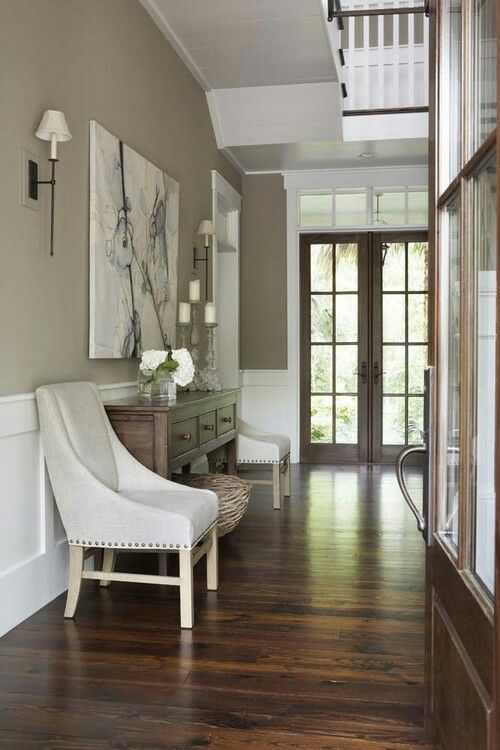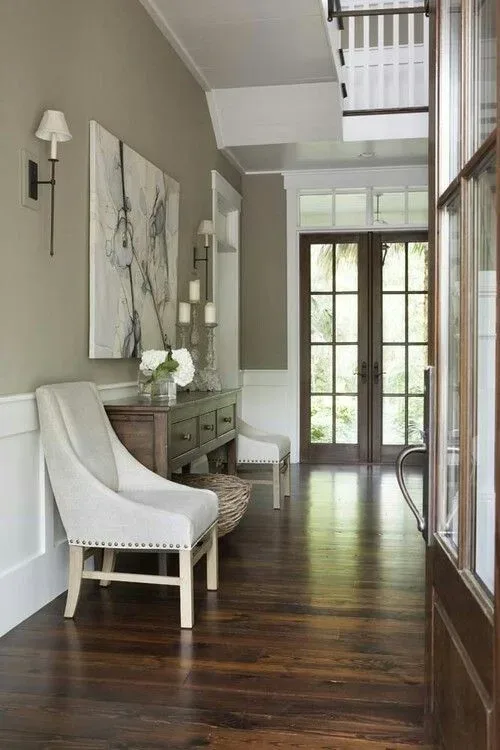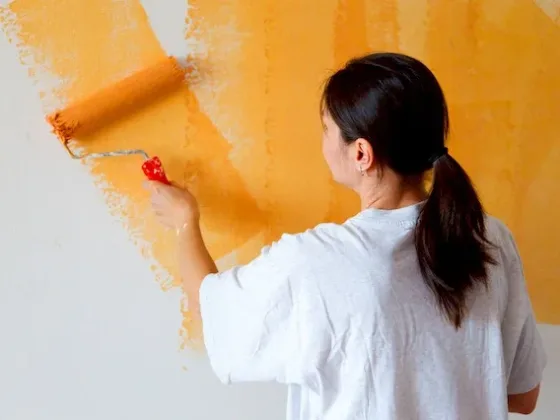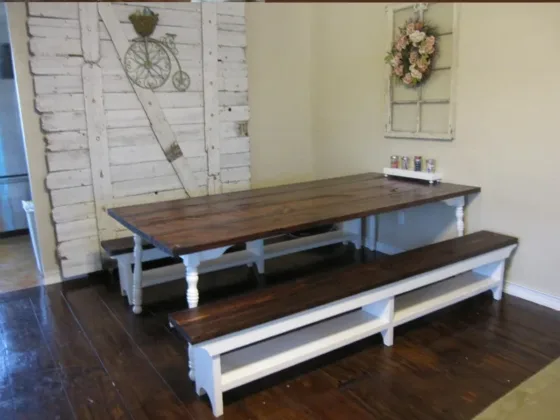Painting With Deep Tone Paint Colors — Painting with a deep color requires a little different approach than painting in white or off white and pastel colors. Deep colors are mixed from a clear base and the color and hide comes exclusively from the tint mixed into the base. Pastel colors and off whites are mixed from a white base. The white base is “white” because of the titanium dioxide (a white pigment) in the white base.

Titanium dioxide is the very best hiding pigment used in interior or exterior house paints. Titanium has the ability to block out the underlying surface giving the paint “hide” or coverage. The tint added to the white base contributes to the hide but not in as significant way as the Titanium dioxide does.
Painting With Deep Tone Paint Colors
Deep tones must be mixed out of a clear base for obvious reasons. You can’t mix a deep color out of a white base – the white in the base will bleach out the color making it impossible to get a clean deep color. The clear base is what makes hiding or coverage so hard to get with deep tone paints.
You can pretty much count on painting two coats when working with deep tone colors.

Priming
You must prime when using deep tone paints in order to help achieve coverage.
Gray Primers
The auto companies have been using gray primers for years, the house paint manufacturers have wisely begun to advance the concept to professional painters and DIY’ers.
Basically the deeper the finish paint color the darker the gray primer needed to help achieve coverage.
Some paint manufacturers have made the primer selection easy by adding the correct gray primer recommendation right on the color card. The Sherwin Williams Co. uses six levels of gray for priming under deep tone colors: P1, P2. P3, P4, P5, and P6. P1 is the lightest and P6 the darkest.

Above is a sample of a graduated gray color scale which can be used if the manufacture of your paint doesn’t recommend a gray primer system for their deep tone colors – the darker gray would be used with the deepest tones and the lighter with the more mid tone colors.
The primer I prefer to use under deep tone paints is a quick drying oil primer such as Zinsser’s Coverstain primer. Shellac primer can be use too, Zinsser’s B-I-N works well. Be sure not to over tint the primers – they only accept 2 oz of tint. I use “non-latex’ primers because the latex finish paints will go on better over the solvent primer. I don’t like putting on three coats of latex (primer + finish paint) in a short sequence of time – you could get mud cracking problems.
Read Also:
Painting with Deep Tone Paints
Deep tone paints show directional roller pattern and differences in appearance between roller and brush much more than a white or off white paint. Deep tone paints show lapping more so than pastel color too. You must roll from top to bottom of the wall in continuous strokes with deep tones.
Keep a Wet Edge & Keep the Brushing to a Minimum
The difference in appearance between the brush “cut in” and the rolling of the wall is known as “picture framing”. To minimize picture framing you must roll as close to the ceiling (roll it sideways at the top of the wall), the baseboard and adjacent walls.
To avoid lapping you must work fairly quickly and keep a wet edge. You will probably need to paint two coats over your gray primer (depending on your skill level – I often do only one coat over the gray primer, but I am a professional). Wait the required time between coats before re-coating.
Deep tone paints are loaded with glycol which makes them slow curing. You don’t want to wash the walls for a month or so, and the walls will be kind of sticky at the beginning of the life of the paint film. Another point to know about deep tones is that they don’t touch up very well, you will usually have to paint from breaking point to breaking point on any touch up.










